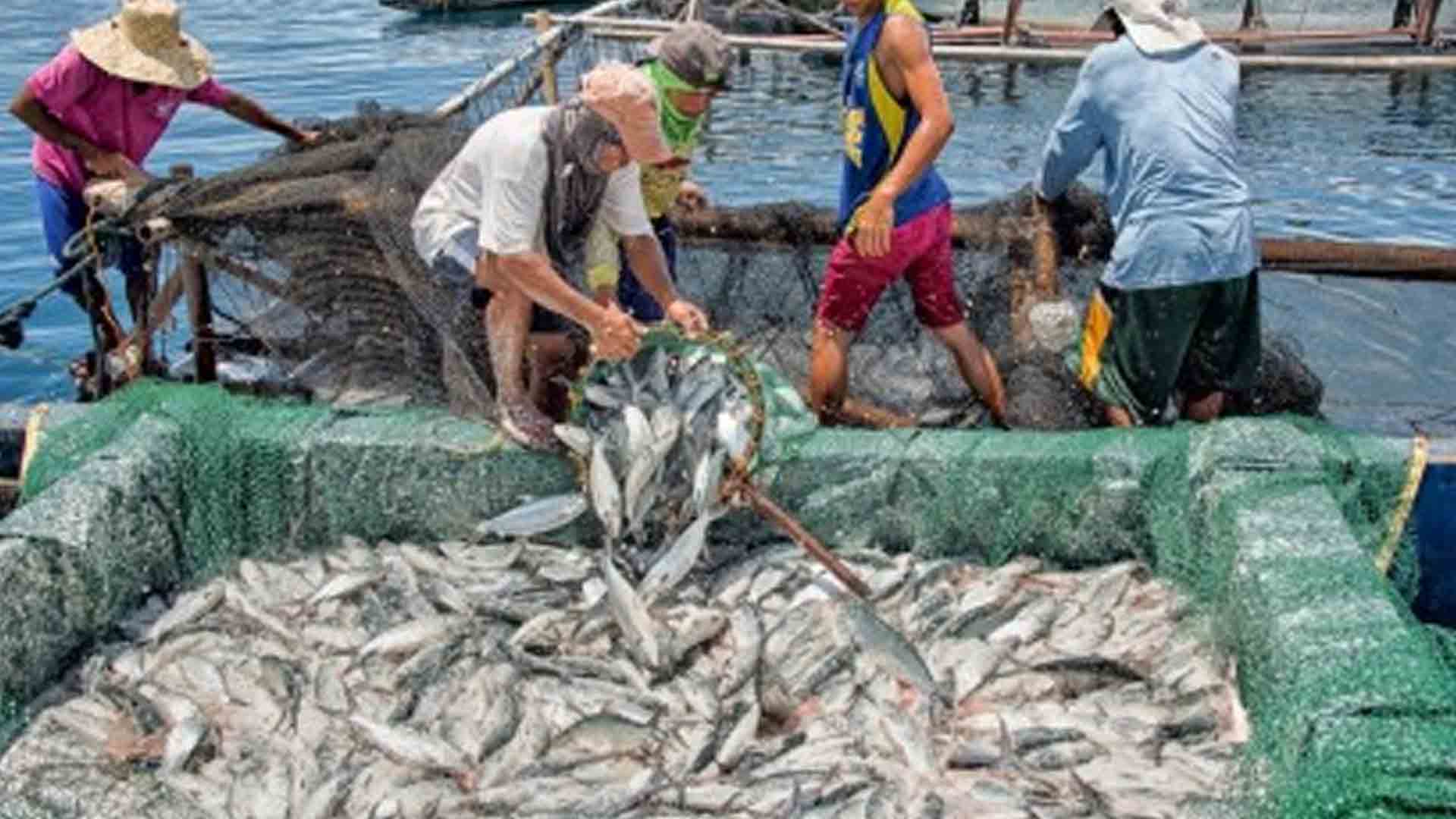The fisheries sector in the Bangsamoro Autonomous Region in Muslim Mindanao (BARMM) showed growth despite the effects brought about by the coronavirus disease (Covid-19) pandemic.
The Philippine Statistics Authority (PSA)-BARMM has recorded an increase of 4.95 percent in regional fisheries production from 200,053.93 metric tons (MT) in the second quarter of 2019 to 209,953.87 MT in the same period in 2020.
With this increase, the region’s fisheries sector has noticeably “performed better” even at times when the enhanced community quarantine and movement restrictions were put in place because of the rising number of Covid-19 patients in the country.
Razulden Mangelen, acting PSA-BARMM director, said the provinces of Tawi-Tawi and Sulu have recorded the highest contribution in the total regional production during this period.
“Most of the fisheries products in BARMM were produced in Tawi-Tawi and Sulu, which contributed 44.17 percent and 36.32 percent, respectively,” Mangelen said.
The remaining 19.51 percent were from Maguindanao, Basilan, and Lanao del Sur. Most of the fisheries produced in the region were seaweeds, frigate tuna (tulingan), round scad (galunggong), big-eyed scad (matambaka), Bali sardinella (tamban), eastern little tuna (bonito), skipjack (gulyasan), Indian mackerel (alumahan), yellowfin tuna (tambako/bariles), and tilapia, among others.
About 71.56 percent or 150,000 MT of the total volume of fisheries production in BARMM was from aquaculture.
Meanwhile, farmers, fisherfolk, and micro and small enterprises received emergency loan assistance from the Bangsamoro Government’s Ministry of Agriculture, Fisheries, and Agrarian Reform (MAFAR) in August to improve their livelihood and alleviate them from poverty.
Loan assistance amounting to PHP25,000 payable in 10 years at zero-percent interest was provided to the marginalized small farmers and fisherfolk to finance their emergency and production capital requirements.
Micro and small enterprises that are engaged in agriculture and fisheries food production, delivery of products and commodities, and other activities in the supply chain to ensure the availability of food supply were granted with a working capital loan amounting to PHP10-million payable in five years at zero-percent interest.
Ministry of Agriculture, Fisheries, and Agrarian Reform – BARMM Minister Dr. Mohammad Yacob said emergency loan assistance was provided through SURE-Aid or the Expanded Survival and Recovery Assistance Program, in support of the Department of Agriculture’s “Ahon Lahat, Pagkain Sapat’’ Kontra sa Covid-19” package.
The BARMM is the only region that relies mainly on agriculture. In 2019, the region showed the highest growth in hunting, agriculture, fisheries, and forestry across the nation. (PNA)







